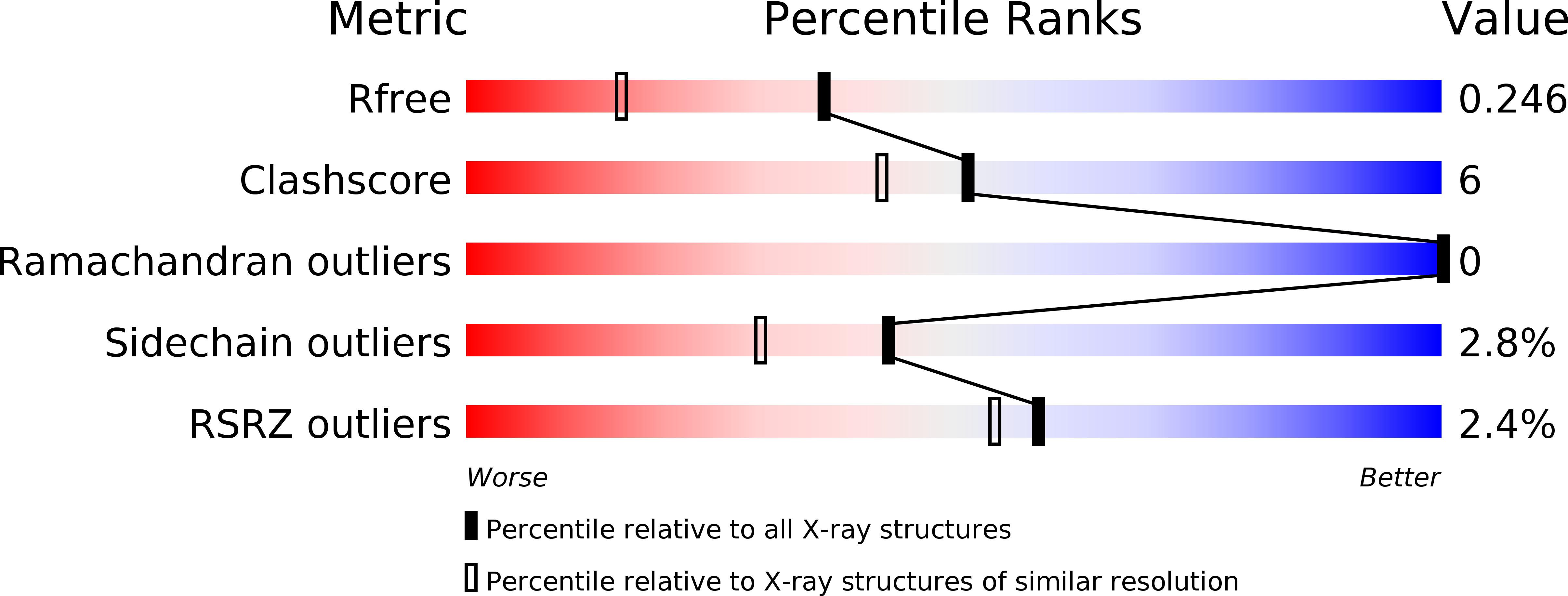
Deposition Date
2004-08-24
Release Date
2005-03-22
Last Version Date
2024-10-30
Entry Detail
PDB ID:
1X9U
Keywords:
Title:
Umecyanin from Horse Raddish- Crystal Structure of the reduced form
Biological Source:
Source Organism:
Armoracia rusticana (Taxon ID: 3704)
Host Organism:
Method Details:
Experimental Method:
Resolution:
1.80 Å
R-Value Free:
0.24
R-Value Work:
0.19
R-Value Observed:
0.19
Space Group:
P 65


